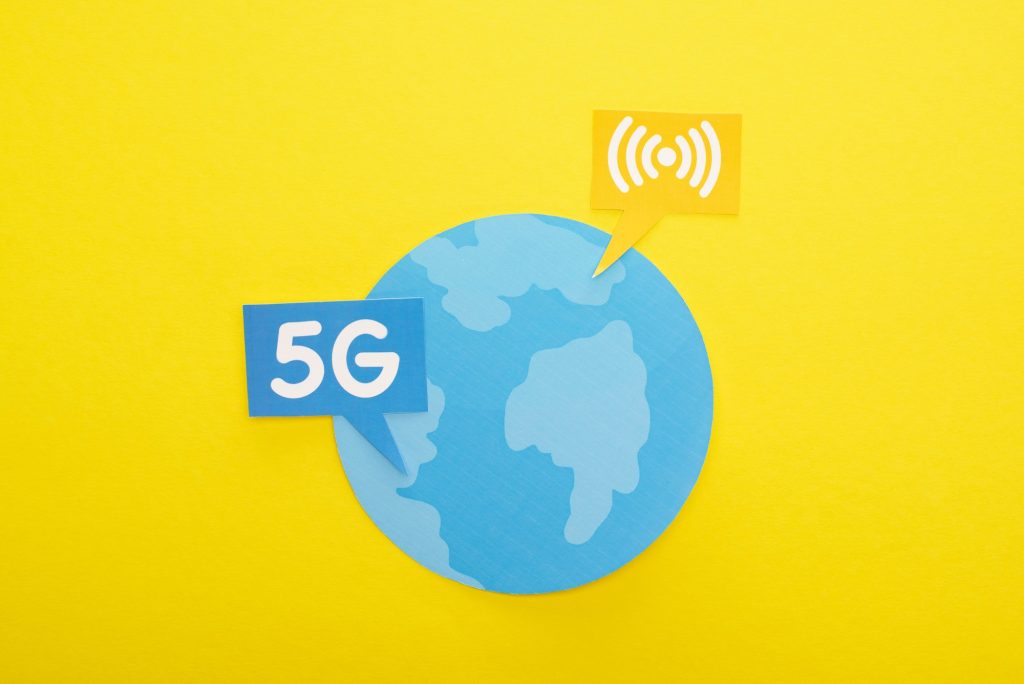The UK government unveils a new Wireless Infrastructure Strategy
Up to £100 million of government funding is planned to shape and drive early-stage research into 6G.

The UK government has announced a new Wireless Infrastructure Strategy to boost digital connectivity, with an ambition for all populated areas to be covered by ‘standalone’ 5G by 2030. The government has committed up to £100 million of funding to shape and drive early-stage research into 6G, the future of digital connectivity.
The strategy includes various funding initiatives to support the development and implementation of technologies, a national task force to encourage adoption, and a renewed spectrum policy. The government’s strategy outlines a plan to harness this potential with the help of various stakeholders, including government and industry, to achieve economic growth and facilitate the transition to net zero. The strategy also includes measures to enhance the UK’s impact during international spectrum negotiations by striving to align both the domestic and international spectrum frameworks wherever feasible.
The strategy acknowledges the difficulties that arise in wireless infrastructure, such as the expensive costs of upgrading and maintaining networks, uncertain demand for 5G-enabled services, obstacles to network deployment, and disparities in mobile coverage across regions. In response to these challenges, the strategy sets out a new policy framework consisting of six crucial measures to optimize the advantages of advanced wireless networks, ensure global competitiveness, and foster economic growth.
